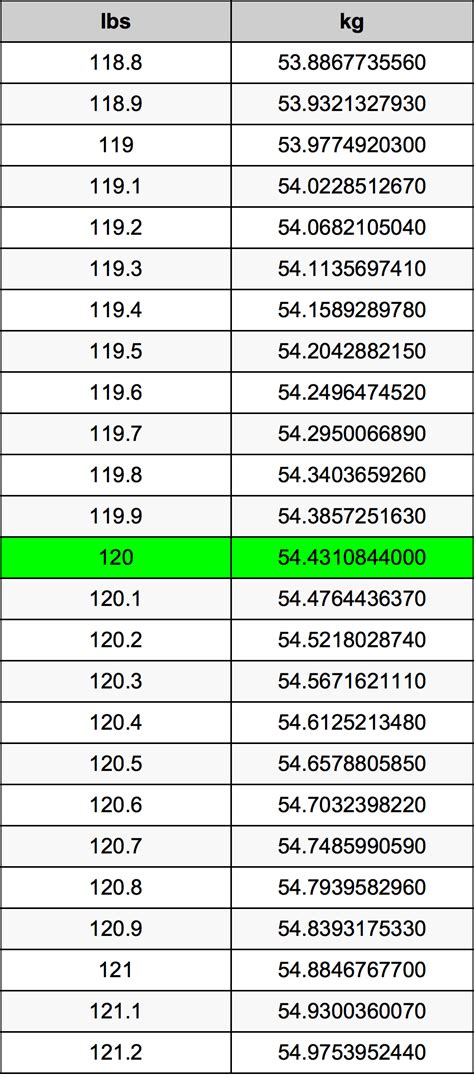Static Vs Kinetic Friction

Friction is a fundamental concept in physics that plays a crucial role in our daily lives. It is the force that opposes motion between two surfaces that are in contact. There are several types of friction, but the two most commonly discussed are static friction and kinetic friction. Understanding the difference between these two types of friction is essential for understanding various physical phenomena and designing systems that involve motion. In this article, we will delve into the world of static and kinetic friction, exploring their definitions, characteristics, and applications.
Introduction to Static Friction

Static friction, also known as frictional force, is the force that opposes the initiation of motion between two surfaces that are in contact. It is the force that keeps an object at rest, preventing it from moving when a force is applied to it. Static friction is a function of the normal force (the force perpendicular to the surface) and the coefficient of static friction, which is a property of the surfaces in contact. The coefficient of static friction is typically higher than the coefficient of kinetic friction, meaning that it takes more force to initiate motion than to maintain it.
Characteristics of Static Friction
Static friction has several key characteristics that distinguish it from kinetic friction. Firstly, static friction is a non-linear force, meaning that it does not increase linearly with the applied force. Instead, it increases rapidly at first and then levels off as the applied force approaches the maximum static frictional force. Secondly, static friction is highly dependent on the surface roughness and cleanliness of the surfaces in contact. Even small changes in surface roughness or cleanliness can significantly affect the coefficient of static friction. Finally, static friction can lead to a phenomenon known as “stiction,” where the force required to initiate motion is significantly higher than the force required to maintain it.
| Surface Type | Coefficient of Static Friction |
|---|---|
| Rubber on dry concrete | 0.7-0.8 |
| Steel on steel (dry) | 0.5-0.6 |
| Steel on steel (lubricated) | 0.1-0.2 |

Introduction to Kinetic Friction

Kinetic friction, also known as sliding friction, is the force that opposes motion between two surfaces that are already in motion. It is the force that slows down an object that is moving, converting its kinetic energy into heat. Kinetic friction is also a function of the normal force and the coefficient of kinetic friction, which is typically lower than the coefficient of static friction. The coefficient of kinetic friction is dependent on the surface roughness and cleanliness of the surfaces in contact, as well as the velocity of the moving object.
Characteristics of Kinetic Friction
Kinetic friction has several key characteristics that distinguish it from static friction. Firstly, kinetic friction is a linear force, meaning that it increases linearly with the applied force. Secondly, kinetic friction is less dependent on surface roughness and cleanliness than static friction, making it more predictable and consistent. Finally, kinetic friction can lead to a phenomenon known as “frictional heating,” where the heat generated by friction can cause the surfaces in contact to heat up and potentially fail.
Key Points
- Static friction opposes the initiation of motion, while kinetic friction opposes motion between already moving surfaces.
- The coefficient of static friction is typically higher than the coefficient of kinetic friction.
- Static friction is highly dependent on surface roughness and cleanliness, while kinetic friction is less dependent on these factors.
- Understanding the characteristics of static and kinetic friction is essential for designing systems that involve motion.
- Friction can lead to various phenomena, such as stiction and frictional heating, which can affect system performance and reliability.
Comparison of Static and Kinetic Friction
Static and kinetic friction are two distinct types of friction that have different characteristics and applications. Static friction is essential for preventing motion and maintaining stability, while kinetic friction is essential for slowing down moving objects and preventing damage. Understanding the difference between these two types of friction is crucial for designing systems that involve motion, such as vehicles, machines, and mechanisms.
Applications of Static and Kinetic Friction
Static and kinetic friction have numerous applications in various fields, including engineering, physics, and materials science. For example, static friction is used in brake systems to prevent motion, while kinetic friction is used in gear systems to transmit torque. Understanding the characteristics of static and kinetic friction can help engineers optimize system performance, prevent failures, and improve safety.
| Application | Type of Friction |
|---|---|
| Brake systems | Static friction |
| Gear systems | Kinetic friction |
| Clutches | Static and kinetic friction |
What is the main difference between static and kinetic friction?
+The main difference between static and kinetic friction is that static friction opposes the initiation of motion, while kinetic friction opposes motion between already moving surfaces.
How do surface roughness and cleanliness affect static and kinetic friction?
+Surface roughness and cleanliness can significantly affect static and kinetic friction. Static friction is highly dependent on surface roughness and cleanliness, while kinetic friction is less dependent on these factors.
What are some common applications of static and kinetic friction?
+Static and kinetic friction have numerous applications in various fields, including engineering, physics, and materials science. For example, static friction is used in brake systems to prevent motion, while kinetic friction is used in gear systems to transmit torque.
In conclusion, static and kinetic friction are two distinct types of friction that have different characteristics and applications. Understanding the difference between these two types of friction is essential for designing systems that involve motion, such as vehicles, machines, and mechanisms. By understanding the characteristics of static and kinetic friction, engineers can optimize system performance, prevent failures, and improve safety. The study of static and kinetic friction is a fundamental aspect of physics and engineering, and its applications are numerous and diverse.



